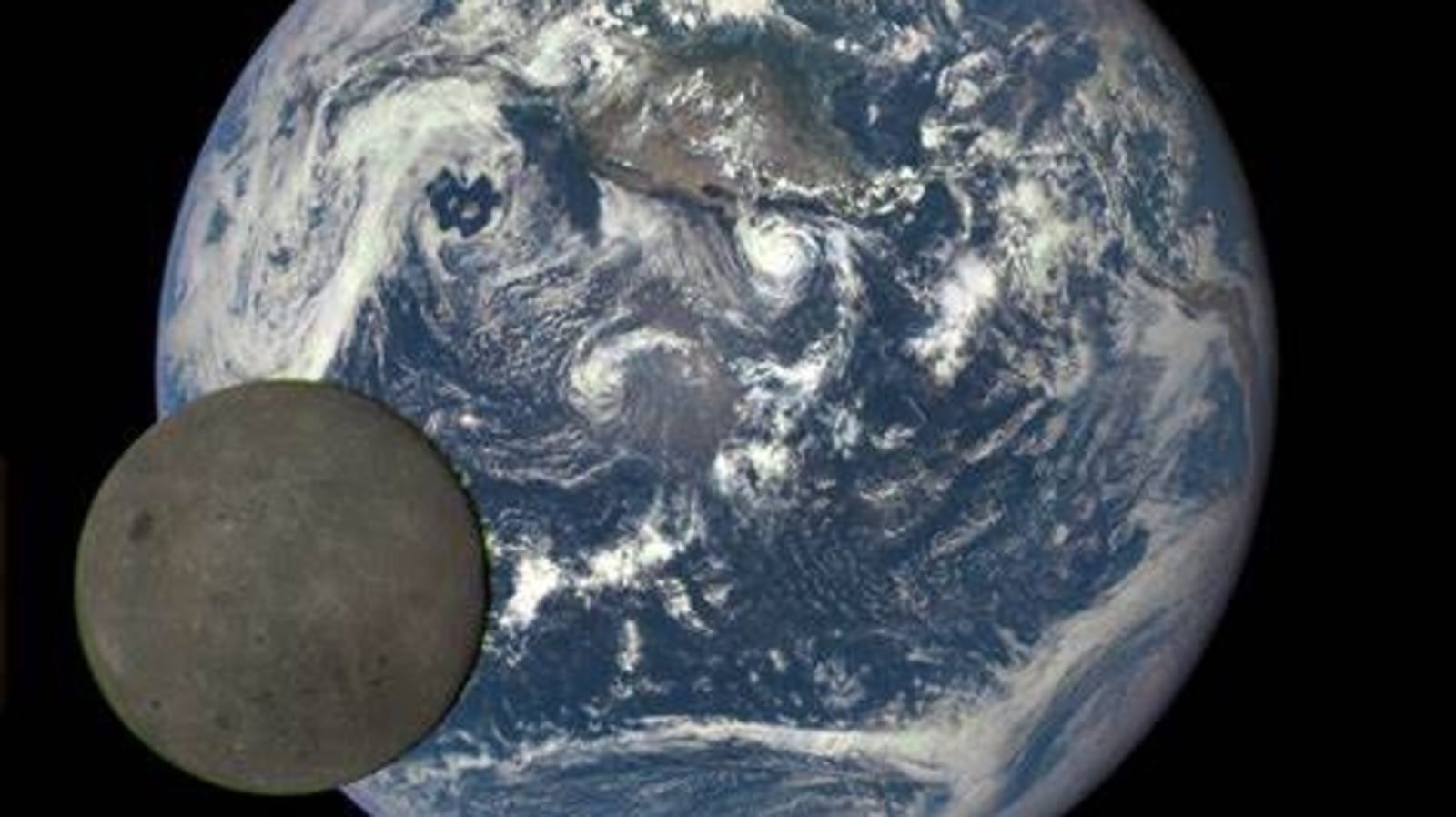Could the Moon really crash into the Earth a la Moonfall?
Roland Emmerich’s latest apocalypse-fest shows the Moon falling out of the sky onto Earth. Can an object really push the Moon out of its orbit?
It’s been a while since Roland Emmerich’s movie Moonfall released and its plot leaves people wondering if the moon could crash into Earth. As thoroughly explained by its title, the movie shows the big rock, the moon that is, which orbits the Earth suddenly falling out of the sky. While the movie raises inevitable questions, is there really any natural object in space that can actually push the Moon out of its orbit and crash into the Earth? Well, to find the answer to this question, we should first dive into other questions and know about how our natural satellite, the Moon, actually came into existence.
Formation of the Moon
The Moon has been Earth’s close companion for billions of years. It is estimated to be about 4.5 billion years, about the same age as the Earth. The solid, rocky body surrounded by a very thin layer of gases known as the exosphere, has been a constant companion of our Earth. According to a widely accepted hypothesis of NASA, the Moon is speculated to have emerged from rocky debris thrown up into the sky following a massive crash between the Earth and a smaller object: a hypothetical object called Theia. Another hypothesis suggests that the Moon as well as the Earth formed after the collision of two bodies, five times the size of Mars.
Distance of the Moon from the Earth
The Moon orbits planet Earth about 385,000 kilometers away and it has an estimated mass of more than 81 million tons. It is about a quarter the size of Earth, OiCanadian revealed, quoting Paul Chodas, manager of the Center for Near-Earth Object Studies (CNEOS) for the Jet Propulsion Laboratory. from NASA at Caltech in Pasadena, California.
Could the moon really crash into the Earth?
Well, chances are negligible. The reason is that the Moon is much smaller than the Earth and therefore, its force of attraction is much less than the Earth. The gravitational pull of the Earth will draw the asteroid, comet or any other object, towards itself. NASA’s CNEOS keep identifying and tracking near-Earth objects (NEOs), such as asteroids and comets, to monitor if they pose a threat to Earth, the Moon, or our other cosmic neighbors. As of now, CNEOS has tracked around 28,000 NEOs that approach Earth to within 1.3 astronomical units (194.5 mn km). And luckily, we have no collisions between any planet, asteroid and other NEOs.
A NEO that can actually threaten Earth has to be at least 140 meters in diameter, said NASA. And an object that can actually crash and move the Moon out of its orbit and fall towards Earth, according too NASA, will have to be ‘almost as large as the Moon itself’. No such massive asteroids have been observed so far by NASA.
For all the latest Technology News Click Here

